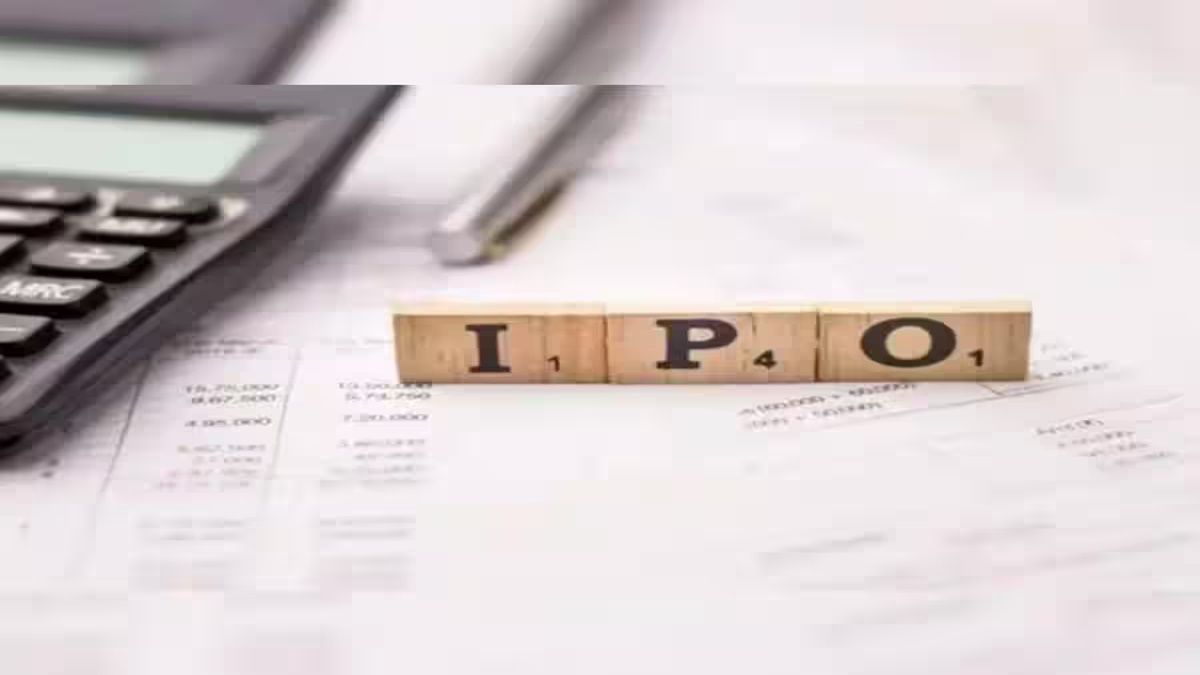Even as the OPEC+ decided to cut oil output, prices failed to rally as the market remained sceptical about the bloc’s adherence to the announcement. The situation also reflects the reduced market power of the bloc that has dominated for long, with the diversification of the production base, particularly the rise of the US as a major supplier.
Meanwhile, lower crude oil prices have once again come as a relief to the India’s state-run oil marketing companies. Their gross refining margins could improve on the back of healthier diesel crack spread, analysts say.
However, experts believe that crude prices would bounce back not because of production cuts, but on expectations of demand recovery from China, the top consumer of crude. If prices start to rise again, OMCs might have to incur higher costs on the raw material, Gnanasekar Thiagaranjan, Director, Commtrendz Research said.
“Demand will pick up. Recovery in China has been less buoyant but there will be a pick,” said Andrea Goldstein, Head of India/Indonesia, Economics Department, Organisation for Economic Co-operation and Development (France). “Prices will bounce back.”
Crude prices hit a five-month low on Thursday as investors posed doubt regarding OPEC+ production cuts amid a rise in the US oil exports. Moreover, Moody’s cutting China’s sovereign bond rating outlook to negative further weighed on prices.
“There is a sense that the Federal Reserve might give some indication towards cutting rates in 2024 and that will be seen as a positive side for macroeconomic sentiment and crude demand,” said Thiagaranjan. “So because of that prices may bounce and not because of OPEC cuts as these are not making any difference.”
While analysts pose doubt over OPEC’s adherence to the cuts announced, they still believe that it might come out with another announcement if crude prices continue to decline.
“There is some dilly-dallying among members of OPEC on cuts. However, there could be some recovery in prices of crude as we have rarely seen crude going below $75 a barrel in the last 1-1.5 years. So, there will be some reaction from OPEC+ which could get prices higher,” Vasisht said.
“OPEC will maintain these cuts for some more time and may review it before the US elections somewhere in mid 2024,” Thiagarajan said. “Also, winter season demand is coming from both Europe and the US. So in all likelihood, the prices will rise.”
Crude oil prices have also come down on the back of higher gasoline inventories in the US. The share of OPEC in the global oil production, on the other hand, has declined in the past few years.
The share of OPEC crude oil output in the global supply has declined to 27.6% in September from 33% in the same period of 2014, according to the data sourced from OPEC.
Thiagarajan noted that the production from non-OPEC countries which mainly consists of Russia has increased. “They have to finance a war so they have been selling crude aggressively. Russia has not adhered to its cuts.”
ICRA estimates OPEC and allies to produce 33.36 million barrels per day in 2023 of the total world supply of 101.54 million barrels per day. The US, on the other hand, is seen producing 21.78 million barrels a day of oil.
India’s share of crude oil imports has undergone significant change over the span of the last few years primarily owing to the outbreak of the Russia-Ukraine war. The country’s crude import bill from Russia increased to a whopping $3,777 million in the current year against just $133 million in 2018 mainly on the discounts offered by the latter, as per data provided by ICRA.
Concerns now remain that Russian imports might see a downfall due to narrowing of discounts by Moscow.
In October, India imported 1.55 million barrels per day of crude oil from Russia, as against 1.62 million bpd the previous month, data from energy cargo tracker Vortexa showed. Russian oil constituted almost 34% of total crude oil imports by India during October.




